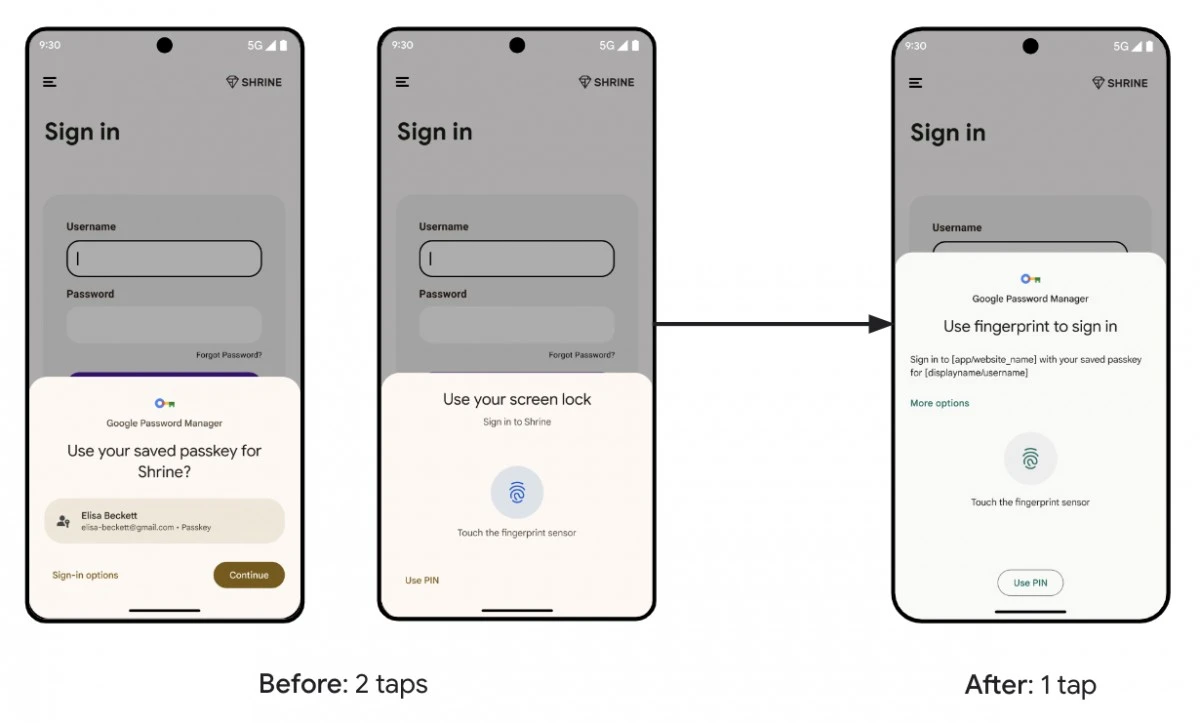Although this list does not include all of the possible symptoms, it does include what doctors and health experts have identified as being the most common. Some of these symptoms will Match each other. Symptoms of a coronavirus infection can appear anywhere from two to 14 days after exposure to the virus.
Fever, cough, or shortness of breath
A fever may be the first indication that you have a COVID-19 infection, according to A recent study That looked at the onset of symptoms.
The fever itself can range from a low grade – perhaps one or two degrees higher than normal – to dangerously high. A fever over 103 degrees Fahrenheit is very high in adults and is a sign of a severe infection.
You can get chills in which your body feels cold for no apparent reason. The temperature might be warm, but you’re still shivering. Chills are most common with a fever, or when a fever comes, but it does not always coincide with a fever.
Coronavirus is a respiratory disease, so coughing is a common symptom, and it can also appear early in the infection. A dry and persistent cough can be a red sign that you have COVID-19.
Along with the cough can come shortness of breath or difficulty breathing.
According to Panagis Galiatsatos, a pulmonary and critical care physician at Johns Hopkins, Covid-19 can sometimes cause pneumonia.
Pneumonia occurs when “the air sacs in the lungs fill with fluid, which limits their ability to absorb oxygen and causes shortness of breath, coughing, and other symptoms.” Galiatsatos writes.
The shortness of breath caused by COVID-19 can be mild or severe enough to require supplemental oxygen therapy or a ventilator.
Fatigue or muscle pain
Sometimes, the only indication that you may have a viral infection is a general feeling of illness, or what doctors call fatigue – constant fatigue that is not resolved by getting more sleep.
In extreme cases, people who have suffered from Covid-19 disease prescribe barely enough energy to walk to the bathroom or to the kitchen to get a glass of water.
Some people report muscle aches or generalized pain without another apparent cause.
Headache
Headache is the most common neurological symptom in COVID-19.
Other less common neurological symptoms can include muscle weakness, tingling or numbness in the hands and feet, dizziness, confusion, delirium, seizures, stroke, According to Harvard Medical School.
Loss or distortion of the sense of smell or taste
Loss of smell or taste is usually associated with early symptoms of an upper respiratory infection – including previous strains of coronavirus – because the virus damages olfactory bulbs that participate in the sense of smell.
Another possible symptom is a distorted sense of smell or taste.
Some distortions, including those that cause a stool-like odor, can make common foods and drinks disgusting, because flavor is linked to the feeling of smell, Richard Doughty, director of the Center for Smell and Taste at the University of Pennsylvania, told the Washington Post. “Even the water can get irritating,” he said.
Abnormalities are common in people who recover from Covid-19 disease and begin to recover their odor, according to Justin Turner, medical director of the Smell and Taste Center at Vanderbilt University Medical Center.
Sore throat, congestion and runny nose
Sore throats, congestion or a runny nose are less frequently associated with COVID-19, but they still occur in enough cases that the Centers for Disease Control and Prevention has added to their list.
It can be difficult to determine whether these symptoms are caused by Covid-19 disease or something more mild, such as an allergy.
Stomach problems
Studies have found that about half of coronavirus patients experience at least one digestive symptom, which can include loss of appetite, nausea, vomiting, diarrhea, and abdominal pain or discomfort.
The difference between Covid-19 and influenza
The main difference is permeability: Coronavirus spreads more easily than influenza. Public health officials have encouraged everyone to get the flu vaccination this year to help avoid the bad flu season that is being imposed on a pandemic – and having a flu shot can also help rule it out if you start to experience any of these symptoms.
The only symptom common with Covid-19, and not the flu, is a loss of the sense of taste and smell. But not everyone who suffers from Covid-19 suffers from these symptoms, and experts have warned that a person with allergies or a cold may also have difficulty smelling due to a blocked nose.
If the sense of taste or smell is not lost, most patients will need a nasal swab to get a proper diagnosis.
Cindia Bhanu, Michael Press Sadler, Alison Chew and Marisa Iatti contributed to this report.












































